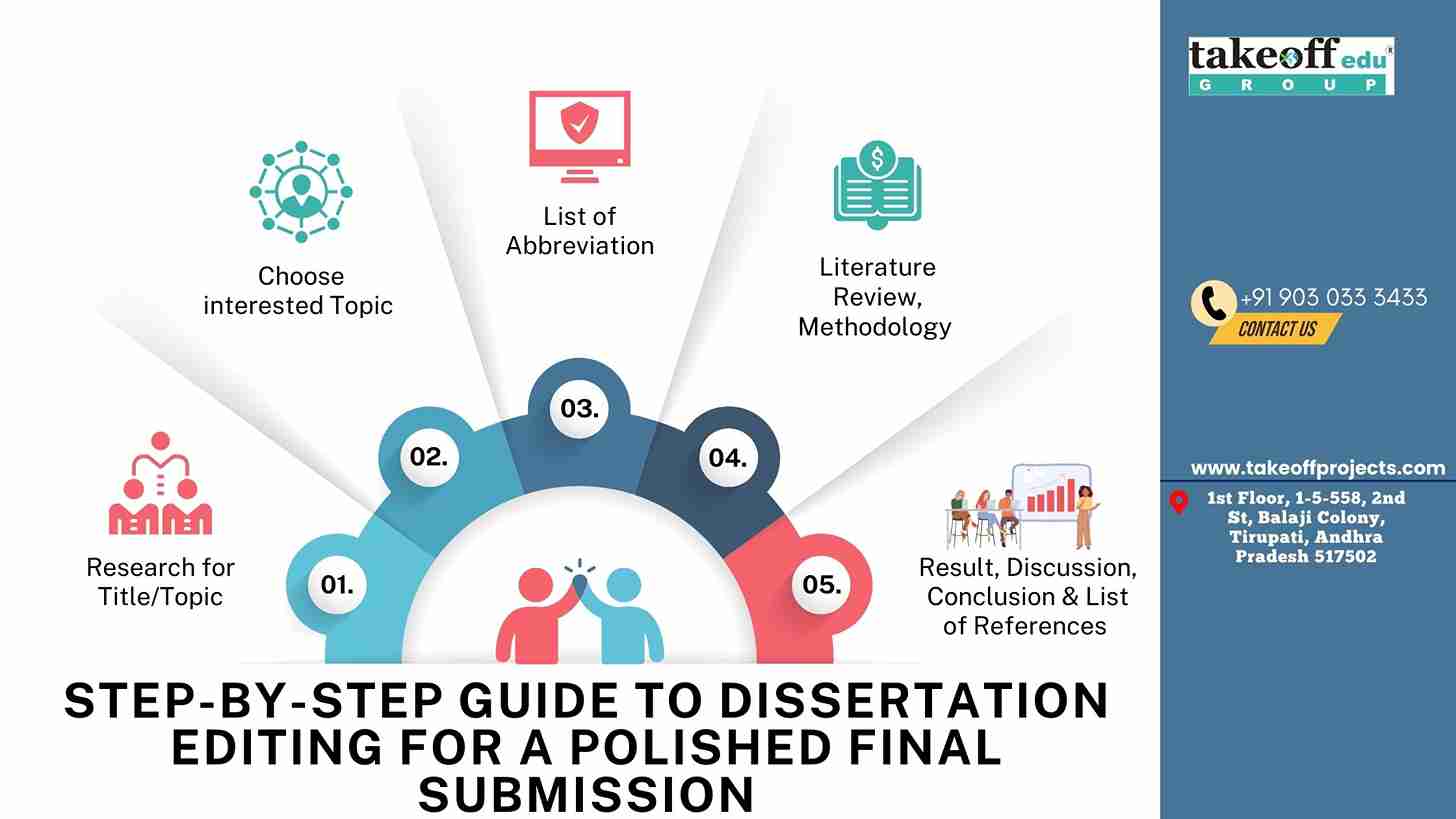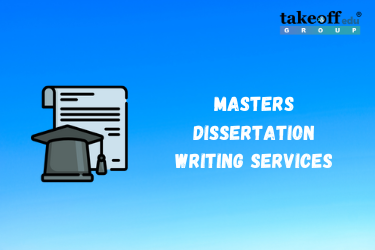When you start your PhD studies, make a good research proposal is both interesting and tough, but it's an important step. Submitting your research proposal is what allows you to enter your chosen program and shows how you plan to progress through your studies. Here are expert tips to help you create a standout PhD research proposal.
Get to Know What Your Proposal Is Meant to Accomplish
Your research proposal isn't just a hurdle; it's your detailed document that tells your teacher everything you plan to do and study in your PhD course. Make sure your research covers what your current institution and future supervisors aim for. This official document helps get you into your chosen program, while giving your first impression of how you'll handle your academic career. Here are expert tips to help you create a standout PhD research proposal:
1. Understand the Purpose of the Proposal
Your research proposal is not just a formality, it’s a roadmap of your academic intentions. It should:
• Demonstrate your knowledge of the field.
• Highlight the significance of your proposed research.
• Show how your research aligns with the goals of the institution and potential supervisors.
2. Choose a Research Topic That Matters
Focus on Important Ideas for Your Own Work It completes research where other papers ended. The project can be done with the available resources and meets time requirements. Keeps you driven because you love what you study, making you more focused over the long term. Is an exciting yet challenging endeavour, and one of the first significant milestones is crafting a compelling research proposal. This document is your ticket to gaining acceptance into your desired program and sets the tone for your academic journey. Here are expert tips to help you create a standout PhD research proposal:
Select a topic that:
• Addresses a gap in the existing literature.
• Is feasible within the resources and time available.
• Excites you personally, as your passion will fuel your dedication over the years.
3. Write your proposal in a logical order
It's simpler to understand and emotionally affects the reader more when everything is easy to follow. Include the following sections:
a. Title: Keep your proposal direct, vivid, and enjoyable to follow.
b. Abstract: Keep your plan description direct, limited to 250 words.
c. Introduction: Start your paper by explaining what your study is about, where it comes from, and why it important.
d. Literature Review: Demonstrate your familiarity with what’s known and missing in this field by reviewing past research findings.
e. Research Objectives and Questions: Give clear goals of your research and explain what needs to be discovered.
f. Methodology: Show how you set up your study, what tools you used to gather information, and which methods you applied to analyse the data.
g. Timeline: Explain how you can finish your entire research project by its deadline.
h. References: Give full details of the main study materials you used for your plan. Review and compare what other researchers have written about the subject. Generate original research topics. Make your analysis able to handle complex tasks well early.
4. Showcase Your Research Skills
Demonstrate your ability to:
• Critically evaluate existing literature.
• Develop innovative research questions.
• Design robust methodologies.
• Analyse data effectively.
5. Use your study to support what the institution already does well.
Find out what research fields the institution leads in and what professors work on. Help support the work your potential supervisors are already doing. Use the company's available resources, like its labs and libraries. People you work with in your same job. Find and ask people who may become your future managers about the project. An easy-to-follow proposal that looks well planned convinces readers more effectively. Include the following sections:
a. Title: Make it specific, descriptive, and engaging.
b. Abstract: Keep your proposal outline direct and flowing, limited to 250 words.
c. Introduction: Begin by explaining what needs to be studied, when and why research is important to the problem.
d. Literature Review: By reviewing important past studies and showing where these studies left gaps, demonstrate to your committee that you have looked at all the relevant work.
e. Research Objectives and Questions: Start by telling us exactly what you want to accomplish and what you want to find out.
f. Methodology: Tell readers about your study plan, how you gathered information, and how you would break down and analyse the data.
g. Timeline: Share how you will complete your research tasks on the schedule you have.
h. References: Cite the key works that underpin your proposal.
6. Seek Feedback Early and Often
Share your draft with:
• Academic mentors.
• Colleagues or peers in your field.
• Potential supervisors, if possible. Getting helpful opinions about your proposal makes it better.
7. Pay Attention to Detail
Even the most innovative proposal can be undermined by:
• Grammatical errors.
• Poor formatting.
• Missing references. Carefully read your work several times and follow the writing rules provided by your university.
8. Emphasize the Impact of Your Research
Show how your work will:
• Contribute to your field.
• Solve real-world problems.
• Align with broader academic or societal goals.
9. Prepare for Revisions
Stay willing to make changes to your concepts. Always welcome suggestions from admissions committees when they offer them, and be ready to adjust your proposal. This shows them how well you can handle changing course as part of your scientific journey.
Conclusion
Starting your PhD research proposal can feel challenging, but it lets you share your brainpower and love of learning. Writing a solid proposal improves your application's chances of being accepted while helping you get started on your doctoral research right away. When you follow these basic steps - knowing your objective, picking a relevant subject, and organizing everything in a clear and informative manner - you will stand out among other applicants. Always keep revising, and borrowing advice from teachers and classmates makes your work better. Spend enough time making your proposal better, and make sure it fits what your institution does best. What you put into your PhD training will determine whether you succeed or not.

 PhD in Electrical Engineering: Research & Writing Support
PhD in Electrical Engineering: Research & Writing Support  Which are the Best PhD Assistance and Dissertation Writing Services in India?
Which are the Best PhD Assistance and Dissertation Writing Services in India?  How to Choose a PhD Research Domain: EEE, ECE, or CSE?
How to Choose a PhD Research Domain: EEE, ECE, or CSE?  The Ultimate PhD Toolkit for EEE, ECE and CSE Students
The Ultimate PhD Toolkit for EEE, ECE and CSE Students  Publication Success in EEE, ECE, and CSE: Expert Tips for Engineering Scholars
Publication Success in EEE, ECE, and CSE: Expert Tips for Engineering Scholars  Your PhD Guide to Multi-Disciplinary Research in Engineering and Technology
Your PhD Guide to Multi-Disciplinary Research in Engineering and Technology  Top PhD Topics across EEE, ECE, and CSE: Bridging Innovation and Impact
Top PhD Topics across EEE, ECE, and CSE: Bridging Innovation and Impact  Top Embedded Systems Projects for Engineering Students
Top Embedded Systems Projects for Engineering Students  Crafting the Future of Tech: PhD Research Trends in Software Engineering
Crafting the Future of Tech: PhD Research Trends in Software Engineering  From Algorithms to Applications: Comprehensive PhD Support for CSE Students
From Algorithms to Applications: Comprehensive PhD Support for CSE Students  Cybersecurity and Blockchain: Pioneering Research Areas for PhD Scholars
Cybersecurity and Blockchain: Pioneering Research Areas for PhD Scholars  The Art of Writing High-Impact Research Papers in CSE Domains
The Art of Writing High-Impact Research Papers in CSE Domains  AI, ML, and Big Data: Emerging PhD Topics in CSE to Watch
AI, ML, and Big Data: Emerging PhD Topics in CSE to Watch  Top Research Trends in Electrical Drives for Aspiring PhD Scholars
Top Research Trends in Electrical Drives for Aspiring PhD Scholars  Transforming Ideas into Impact: Dissertation Help for EEE Scholars
Transforming Ideas into Impact: Dissertation Help for EEE Scholars  Navigate Your PhD with Confidence: Comprehensive Assistance Every Step of the Way
Navigate Your PhD with Confidence: Comprehensive Assistance Every Step of the Way  ECE Dissertation Success: Expert Tips for Writing and Publishing your Academic Success
ECE Dissertation Success: Expert Tips for Writing and Publishing your Academic Success  Breaking Barriers in Signal Processing: PhD Research Simplified
Breaking Barriers in Signal Processing: PhD Research Simplified  Building the Next-Gen Tech: A Guide to ECE Research and Publication
Building the Next-Gen Tech: A Guide to ECE Research and Publication  From Circuits to Control Systems: Navigating EEE Research with Expert Guidance
From Circuits to Control Systems: Navigating EEE Research with Expert Guidance  From Data to Discovery: Quantitative Analysis That Drives Results
From Data to Discovery: Quantitative Analysis That Drives Results  Future of IoT and Wireless Communication: Top PhD Opportunities in ECE
Future of IoT and Wireless Communication: Top PhD Opportunities in ECE  Top PhD Topics Energy Management in Power Electronics
Top PhD Topics Energy Management in Power Electronics  Exploring VLSI Design and Embedded Systems: Winning Research Topics for ECE Scholars
Exploring VLSI Design and Embedded Systems: Winning Research Topics for ECE Scholars  Expert-Approved Techniques for Crafting a Winning PhD Synopsis
Expert-Approved Techniques for Crafting a Winning PhD Synopsis  Writing with Purpose: How to Create Engaging Seminar Papers That Stand Out
Writing with Purpose: How to Create Engaging Seminar Papers That Stand Out  Unlocking Publication Success: Your Guide to High-Impact Journal Articles
Unlocking Publication Success: Your Guide to High-Impact Journal Articles  Mastering Energy Management: Top PhD Topics in Power Electronics
Mastering Energy Management: Top PhD Topics in Power Electronics  PhD Topic Selection Simplified: Choosing What Matters Most to You
PhD Topic Selection Simplified: Choosing What Matters Most to You  Plagiarism No More: Essential Tools and Techniques for PhD Scholars
Plagiarism No More: Essential Tools and Techniques for PhD Scholars  Step-by-Step Guide to Dissertation Editing for a Polished Final Submission
Step-by-Step Guide to Dissertation Editing for a Polished Final Submission  Why Literature Review Is the Backbone of Your PhD Research?
Why Literature Review Is the Backbone of Your PhD Research?  Accelerate Your Research: Software Implementation Made Easy for PhD Students
Accelerate Your Research: Software Implementation Made Easy for PhD Students  Stress-Free PhD Viva Voce Preparation: Expert Tips to Impress Examiners
Stress-Free PhD Viva Voce Preparation: Expert Tips to Impress Examiners  Transforming Data into Insights: Qualitative and Quantitative Analysis Explained
Transforming Data into Insights: Qualitative and Quantitative Analysis Explained  The Art of Problem Identification: Laying the Foundation for PhD Success
The Art of Problem Identification: Laying the Foundation for PhD Success  Say Goodbye to Plagiarism Worries: A Guide to Flawless Dissertation Writing
Say Goodbye to Plagiarism Worries: A Guide to Flawless Dissertation Writing  From Idea to Impact: Crafting High-Quality Conference and Seminar Papers
From Idea to Impact: Crafting High-Quality Conference and Seminar Papers  Crack the Code of Successful Publications: Comprehensive PhD Support
Crack the Code of Successful Publications: Comprehensive PhD Support  Top Strategies for Writing a Journal Ready Manuscript with Zero Plagiarism
Top Strategies for Writing a Journal Ready Manuscript with Zero Plagiarism  Understanding the Basics of Power Systems: A Comprehensive Guide
Understanding the Basics of Power Systems: A Comprehensive Guide  Turn Research Challenges into Opportunities: Expert PhD Consultation Services
Turn Research Challenges into Opportunities: Expert PhD Consultation Services  Mastering MATLAB for ECE: A Beginner's Guide to Digital Image Processing
Mastering MATLAB for ECE: A Beginner's Guide to Digital Image Processing  Mastering Your PhD Journey: From Topic Selection to Dissertation Success
Mastering Your PhD Journey: From Topic Selection to Dissertation Success  Assignment Writing Service
Assignment Writing Service  PhD Research Assistance
PhD Research Assistance  PhD Thesis Writing Services
PhD Thesis Writing Services  Masters Dissertation Writing
Masters Dissertation Writing  Journal Paper Writing
Journal Paper Writing  Research Paper Writing Services
Research Paper Writing Services 
 Paper Publishing
Paper Publishing


